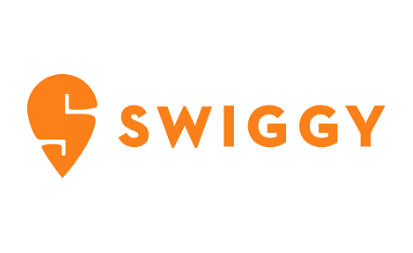Implementation of New Technology in the F&B Industry
Authored article by Sanjay Vazirani - CEO of Foodlink F&B Holdings India PVT LTD Technology has been a disruptor across all industries and the Food & Beverage industry is no different. Integration of technology at all

Authored article by Sanjay Vazirani – CEO of Foodlink F&B Holdings India PVT LTD
Technology has been a disruptor across all industries and the Food & Beverage industry is no different. Integration of technology at all stages- right from ordering food to delivering at your door step to using drones for deliveries and using AI for improving the taste and making it healthier are now commonly used across the industry. Covid 19 was the turning point which brought about this sea of change in the way the industry operated. It brought about a realization that technology can help in serving their customers better and bringing in speed, transparency and safety that they demanded. Below are some of the technology driven trends that will change the functioning of the F&B industry:
E-Commerce:
E-Commerce is being used for a while now but the onset of Covid 19 made us realize its full potential. Food brands utilize digital platforms to offer on-demand online delivery services and reach customers through direct-to-customer (D2C) distribution models.The use of digital platforms to offer on-demand online food delivery services is expected to grow at a CAGR of 28.9% between 2022 – 2027. The pandemic also led to the rise of ghost kitchens and cloud Kitchens as concerns over food safety became dominant. Omnichannel presence has become the need of the hour to improve customer experience and interface.
Food Safety and Transparency:
Food Safety has become a top priority for customers and service providers alike. While customers are becoming smart and thoughtful about buying and consuming food products, F&B service providers are going all out to ensure transparency to their customers. Consumers are concerned about ingredients, country of origin, and freshness of the product. With advent of technology like its easy for consumer to read smart labels and get all this information at the click of a button. With the use of Blockchain technology and IoT end to end food traceability has become a reality. Nowadays startups have become transparent owing to safety measures and by developing cost-effective and scalable products. This step of manufacturers increases trust between food producers and consumers which gives a positive impact on credibility and sales.
Personalized Nutrition
With consumers becoming health conscious, they demand personalized nutritional products as per their dietary requirements. Sugar or Gluten free diet, Vegan diet and clean label products can be created at a click of a button. With the adoption of robotics and innovation in 3D printing in the food and beverage industry, manufacturers are now able to provide nutrition personalization on a large scale.
Restaurant Digitization:
Covid 19 set the foundation for restaurant digitization by introducing digital menu cards and there has been no looking back after that. Digitization enables in a smooth customer experience and operations management and helps in decision making by collecting valuable data through the process. Chatbots and voice bots are major helping tools for customers for ordering food and other restaurant-related queries.
Digital Food Management
Digital Food Management enabled by Big data analytics and AI helps in real time monitoring of food from farm to fork. Along with the knowledge of customer behavior and preferences restaurants are able to understand market requirements, reduce This helps food producers to understand customer behavior and their preferences resulting in reduction in loss and managing surplus food
ROBOTICS
Food production is increasing – food and beverage companies need intelligent machines to help them keep up. While demand is up, efficiency continues to lag. 61% of F&B leaders want to expand their flexibility on the production line, and 55% want to expand their packaging lines and production facilities. Robotic machines can assist line workers and perform some of their functions in a more effective and timely manner. For instance, companies can use robotic butchers to handle intricate cuts of meat in factories, freeing up team members to work on less risky procedures. You can even find these robots in restaurants, where some businesses are using them to cook and prepare food before it goes to the table.
Alternate Proteins
With veganism on the rise lot of people are looking for alternative options for proteins such as cultured meat, lab-grown food, plant-based meats, and mycoprotein. These alternative protein options are budget friendly as they demand only healthy ingredients in the food items. The alternate protein market is expected to grow at a CAGR of 12.4% in the forecast period of 2021-2023 to reach a volume of around 15,800 tons by 2023. Also, advancements in 3D printing, fermentation, and molecular biology have given a push to startups to develop sustainable alternative protein production solutions.
—-
 English
English French
French German
German Italian
Italian




